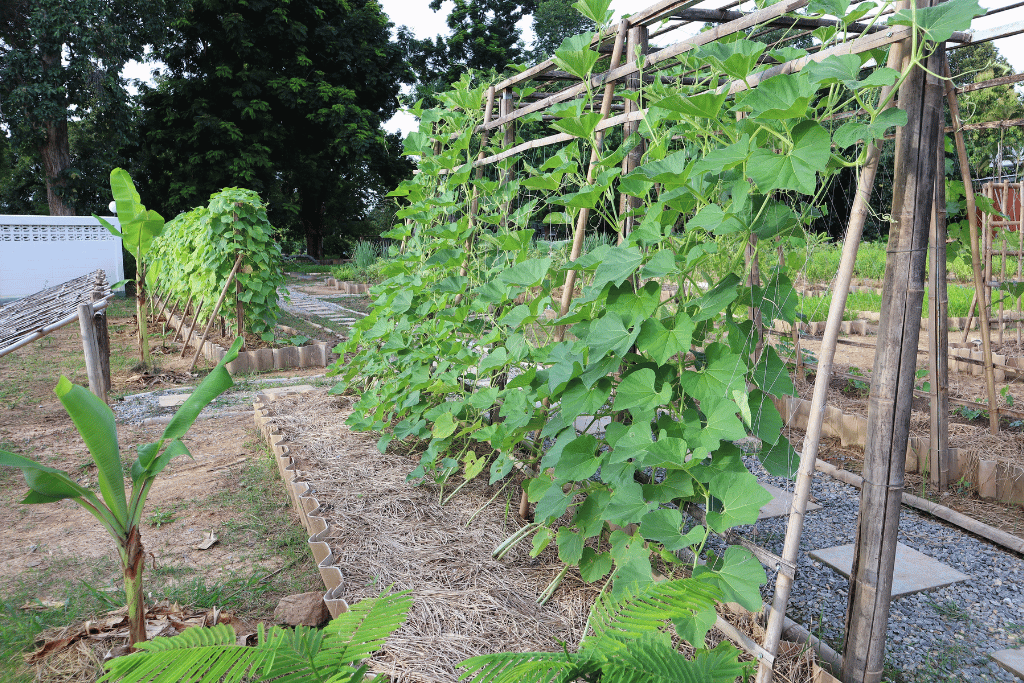Pink muhly grass (Muhlenbergia capillaris) is a native grass of eastern North America. It’s as useful in the landscape as it is beautiful grown as an ornamental grass around the home and garden.
In the fall the slender blades of grass begin to produce pink cotton candy-like flowers that prove to be a stunning contrast to typical autumn colors.
The large tufts of grass provide shelter for native species, while the blush blooms provide food for pollinators and look downright pretty, majestically accenting any fall landscape.

Pink Muhly Grass Facts and Growing Requirements
Folks like me who aren’t quite up on their north American native grasses may be unfamiliar with pink muhly grass. Rest assured, by the end of this article we will all have learned about and gained a deep appreciation for this functional yet beautiful plant.
Let’s get to know pink muhly grass better with a quick list of fast facts and then discuss its growing habitat and requirements.
Pink Muhly Grass Fast Facts
- Pinky muhly grass grows best in full sun to light shade.
- The grass will thrive in sandy or rocky soils that have moderate to dry moisture levels.
- It is tolerant to poor soils, drought, heat, salt and low humidity.
- Blades of grass grow about 3 feet tall from mounds that can expand to 3 feet wide.
- Pink muhly grass is an excellent addition to native beds, borders, cottage gardens, coastal gardens and rock gardens.
- The Garden Club of America voted pink muhly grass the plant of the year in 2012.
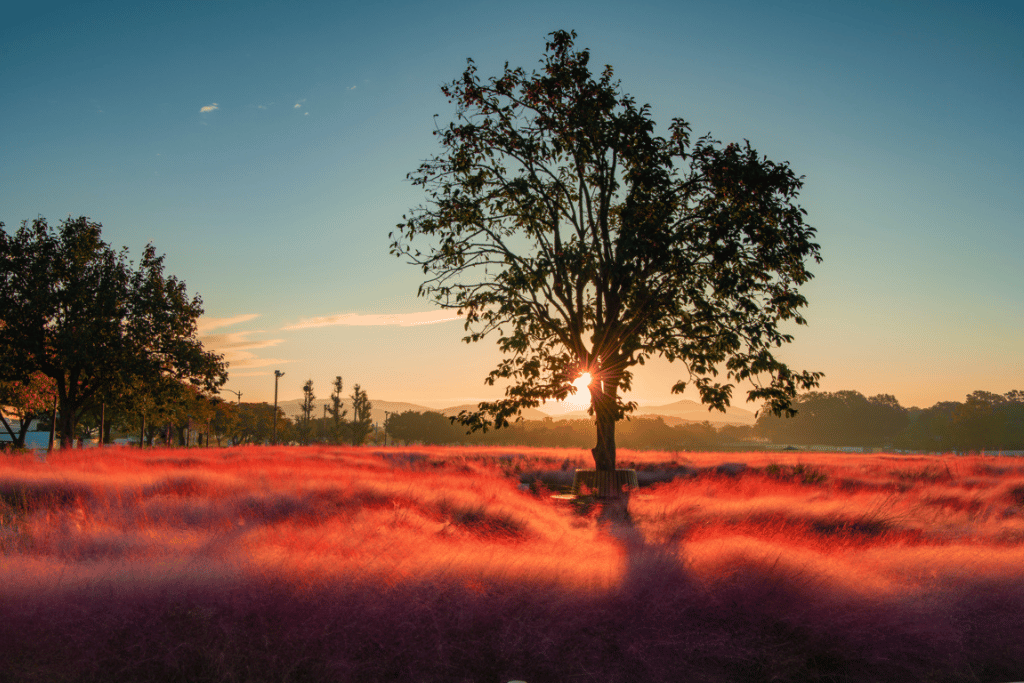
Pink Muhly Grass Growing Habitat and Requirements
- Pink muhly grass grows natively as far north as Massachusetts, straight down the east coast to Florida and from there, west to Texas. It roams westward from eastern Pennsylvania through Indiana and Kentucky into the plains states of Missouri and Kansas.
- It is considered endangered in Connecticut, Maryland, New Jersey and Indiana.
- To get the best growth and blooming, muhly grass requires at least 6+ hours of sun per day.
- Soil should not be damp or waterlogged. Medium to dry, well-drained soil is preferable.
- Muhly grass will grow best in slightly acidic soils, with a pH lower than 7.0.
- Sea salt and road salt are not an issue due to muhly grass’ high salinity tolerance.
- Once it’s established, pink muhly grass doesn’t require much irrigation. Only water if the soil around dries out down to 2 inches or deeper. At that point provide grass mounds with about an inch of water.
- Pink muhly grass thrives in hot, dry conditions but is susceptible to disease if the atmosphere is too humid. It grows natively in cold regions and will survive temperatures down to -10 degrees.
- Like most ornamental grasses, pink muhly doesn’t require any fertilizing unless the soil is particularly poor.
- Pruning pink muhly grass in winter or early spring will significantly improve health and promote new blade growth. Don’t prune in late spring or summer as this prevent the showcase of stunning, fuzzy flowers.
- The hardy grass can be propagated by collecting and starting seeds or through division of roots.
- If you’re not getting the desired pink fall flowers consider these common problems: Dehydration, not enough full sun, planted too close together or pruned too late in the season.
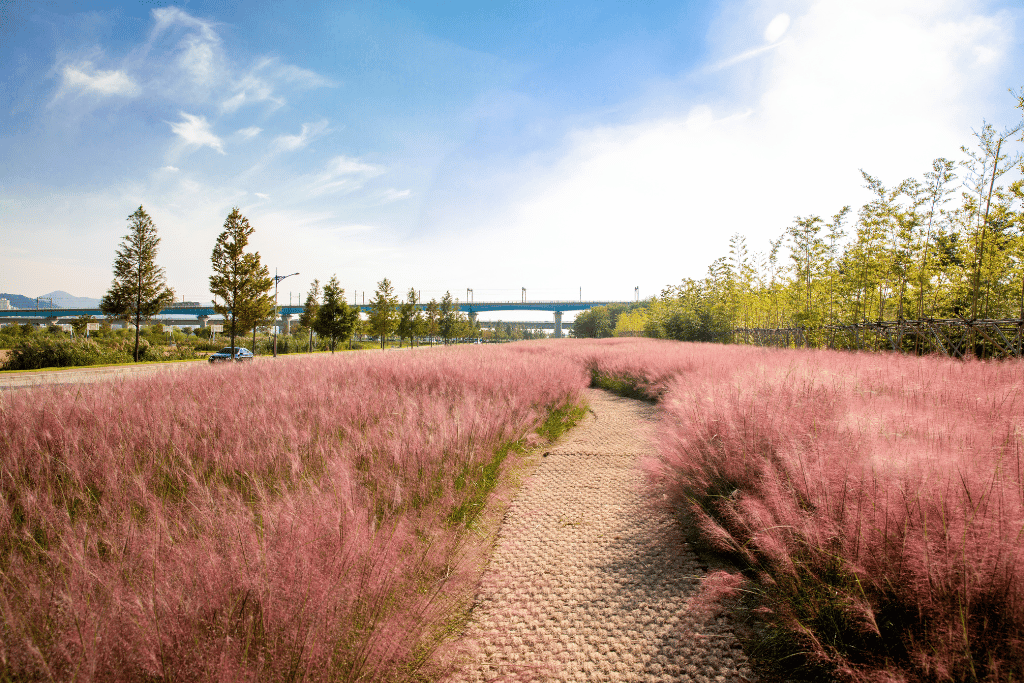
Uses of Pink Muhly Grass
A wild, low-maintenance native flowering grass sounds too good to be true. On top of these notable features it has many practical uses in the garden and landscape.
Ornamental
The bright pink flowers are a bright and unusual addition to typical fall landscapes, especially as other colors begin to fade. The tall blades of grass and seed heads add interest during otherwise bland winter months.
Erosion Control
The fibrous root system of pink muhly grass makes it the perfect species for preventing erosion. The southeastern states that are regularly hammered by hurricanes employ muhly grass to help manage stormwater and stabilize sand dunes.
Native Species Host
Pink muhly grass provides a shelter and nesting place for birds and small mammals. Beneficial native insects will use it as a winter home, a safe haven for hibernation. The fluffy flowers are an excellent food source for native pollinators and the seeds provide sustenance to those same birds and small mammals.
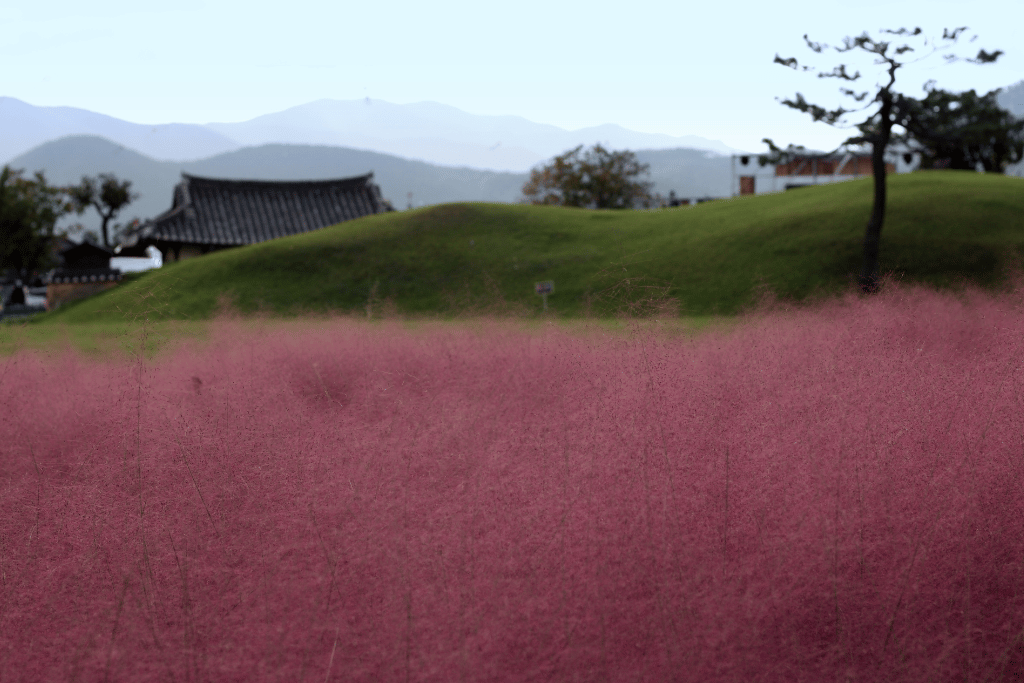
Pink Muhly Grass Companion Plants
Other than attracting pollinators, pink muhly grass is a pretty individualistic plant. That’s to say it doesn’t offer as many benefits as other companions. But like the most rugged individuals, we all need a social life and the help of others.
Here we have a list of the best plants to cultivate if you want to get the most out of your pink muhly grass.
Petunia
South America native petunias have become widely propagated all around the world.
The aroma of the popular flower attracts bees and other beneficial insects. Flowering grasses can never get enough attention from busy pollinators, so the more, the merrier!
The only drawback is that petunias are annuals, so they will need to be replanted every year to accompany the perennial grass. Luckily, petunia starts are readily available at most nurseries and can easily be grown from seed.
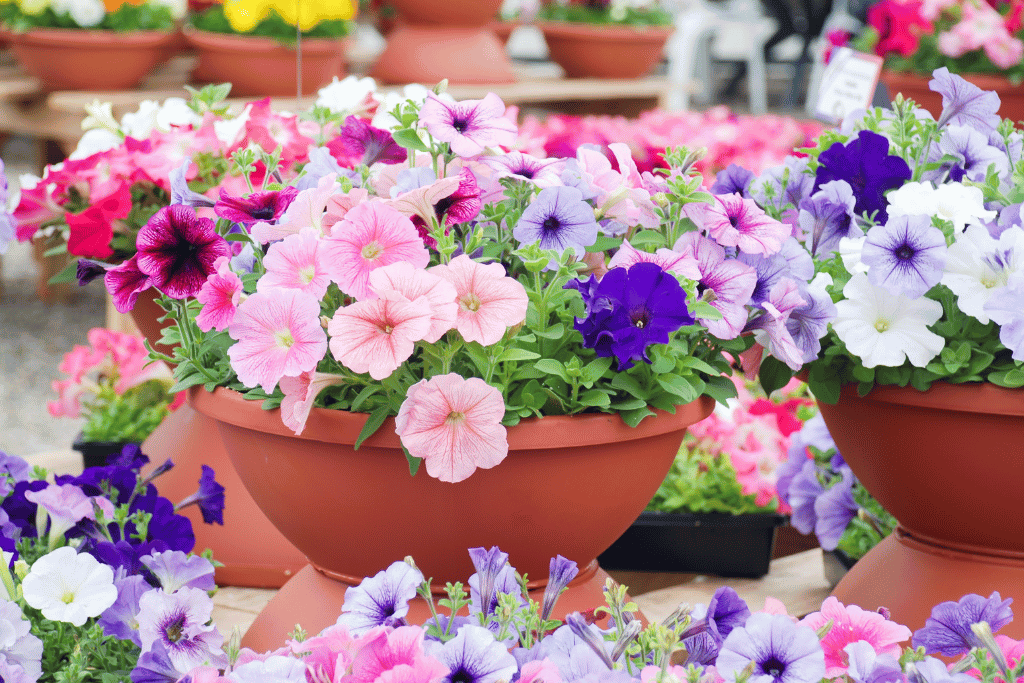
Coneflower
As a relative of daisies, coneflowers also known as Echinacea, will make an excellent companion for your pink muhly grass. They will draw in all sorts of beneficial native species. Expect to see a higher population of bees, butterflies and hummingbirds in the areas around coneflowers.
Echinacea is a perennial so consider making it a permanent partner of your muhly grass when plotting out your native flower beds.
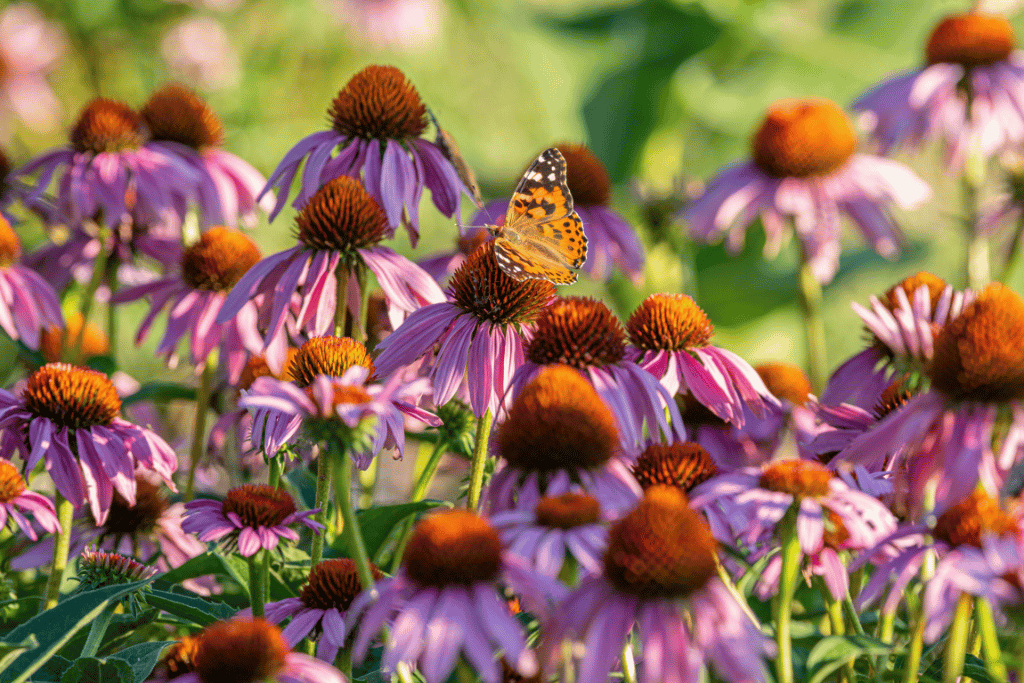
Verbena
The woody flowering herb genus Verbena consists of over 150 species, all of which make nice companions of pink muhly grass.
Verbena shares the same growing conditions as the grass, preferring dry conditions. It will prosper alongside muhly grass and its clusters of tiny colorful flowers will look tremendous against the fall backdrop of green and pink hues.
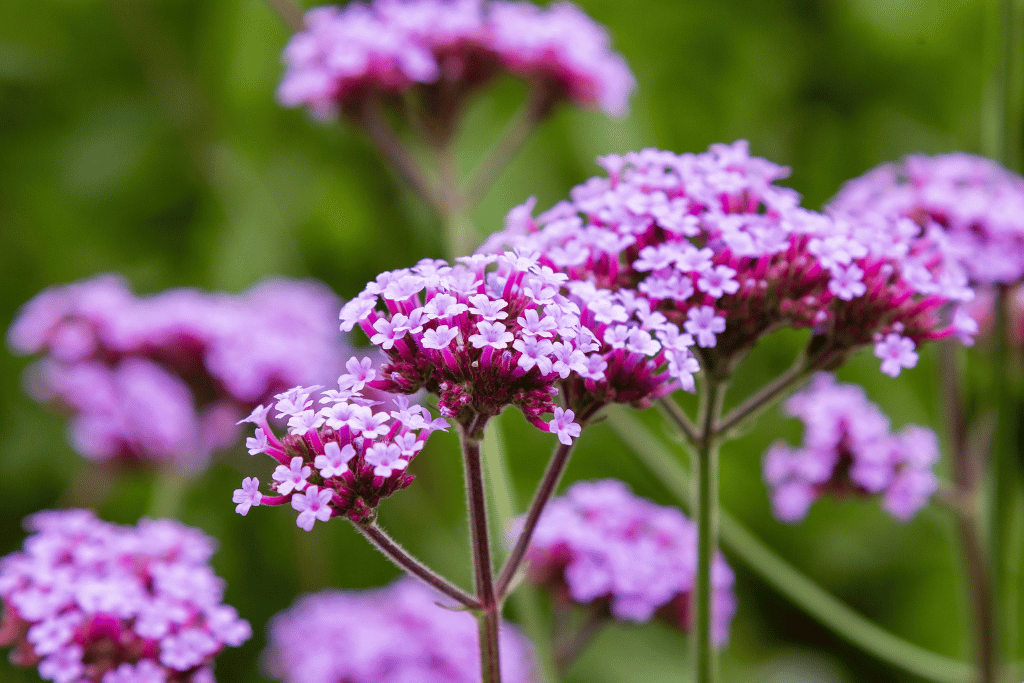
Blue Aster
There are almost 200 varieties of aster to choose from but blue aster in particular will get along perfectly with pink muhly grass.
Blue asters will grow up to 6 feet tall, so be careful they don’t shade the muhly grass. Their beautiful blue blossoms bring in lots of beneficial pollinator activity and will pop against the bright pink flowers of muhly grass.

Heliopsis
Another tall pollinator attractor is heliopsis. It will draw in numerous species of bees and butterflies.
Like pink muhly grass, heliopsis doesn’t require frequent watering and prefers soil on the dryer side. They won’t compete for nutrients and work exceptionally well as a companion plant for pink muhly along property lines or in the back of garden beds.
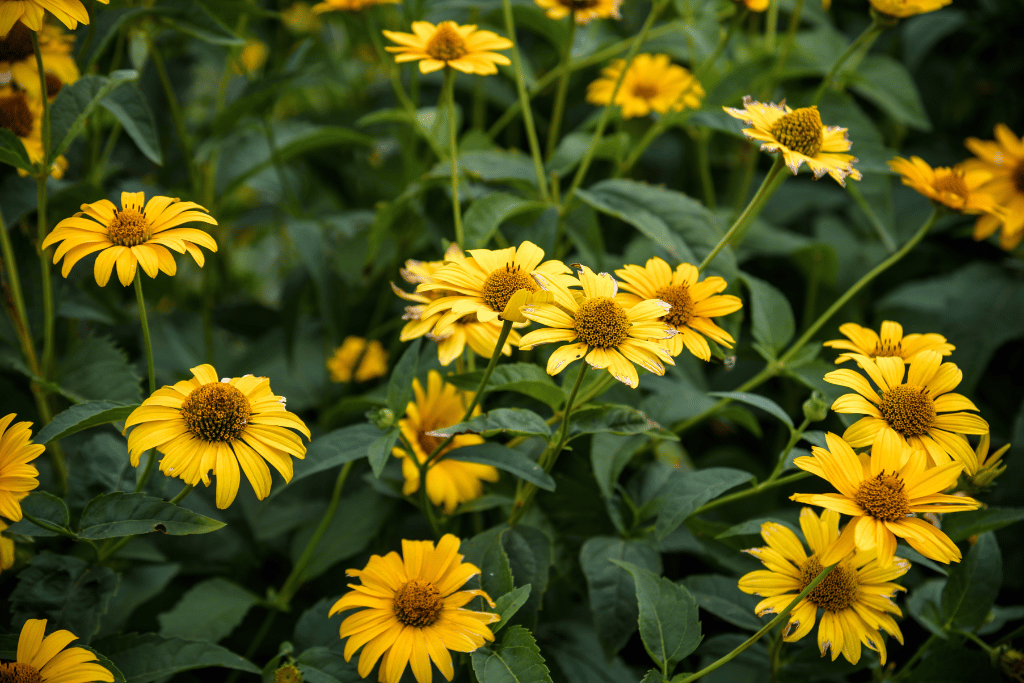
Blue Sage
An excellent companion plant for pink muhly is the perennial prairie herb, azure blue sage. It offers natural pest-repelling qualities and will provide a vivid contrast of colors when planted nearby pink muhly grass.
Blue sage grows 3-5 feet tall and will make an outstanding long term companion of muhly grass.
Winterberry Holly
An excellent addition to any wintertime landscape, winterberry holly produces distinct red berries and maintains prominent green leaves throughout the cold season.
Paired up with pink muhly grass, the two will contribute winter interest to outdoor spaces and even promote traffic from native wildlife during the cold weather.
Winterberry holly, like pink muhly, is resistant drought and will ward off many common pests, making them ideal companions.
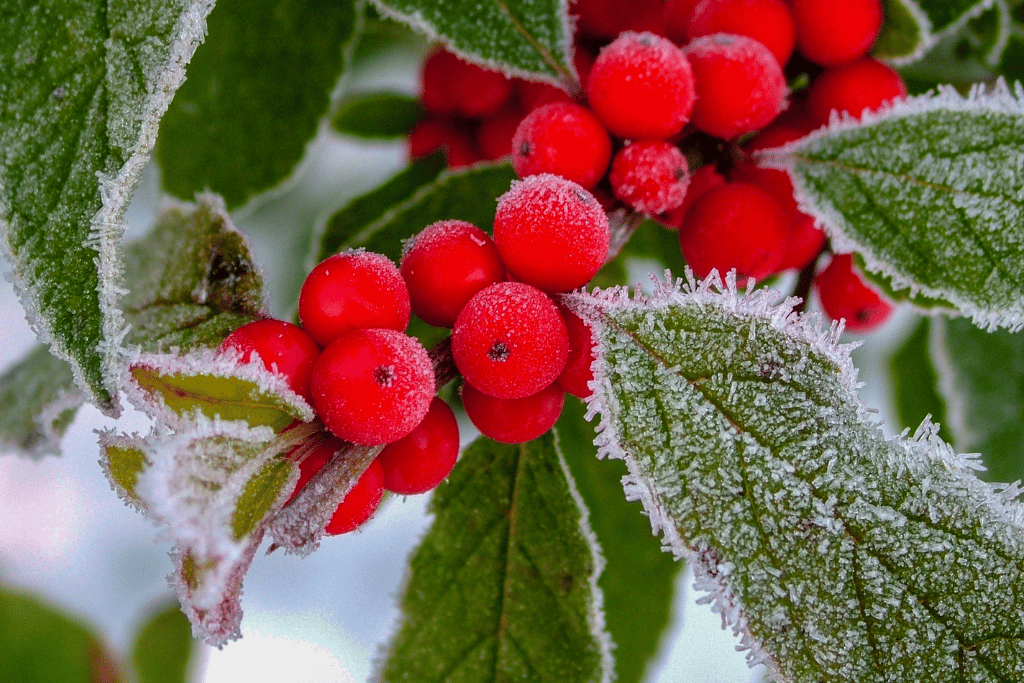
Aronia
As a member of the Rosaceae family, the semi-woody shrub aronia is a relative of roses and apples. It produces deep purple berries commonly known as chokeberries. Unlike the berries of many ornamentals which are poisonous, chokeberries offer tremendous medicinal value.
The native bush could make an excellent edible addition to the landscape all while sharing native companion benefits with pink muhly grass.
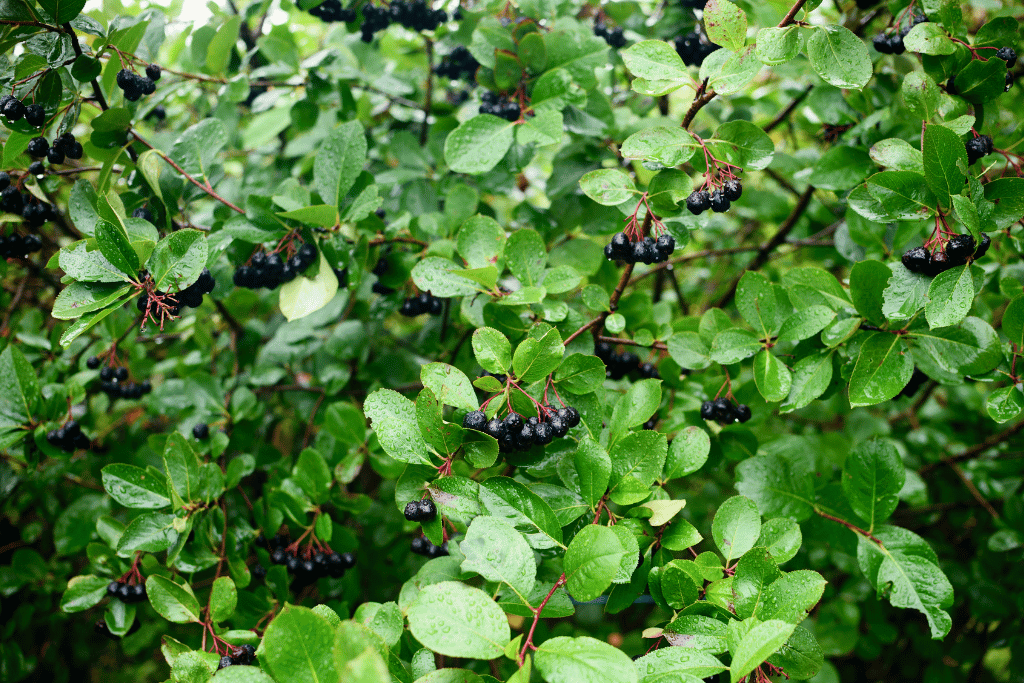
What NOT to Grow Near Pink Muhly Grass
Pink muhly grass is a bit of a loner when it comes to other grass varieties, fruits and vegetables.
The rocky and sandy soils pink muhly grass prefers don’t have the ability to store much nutrients; so heavy feeding plants, like fruits and veggies won’t be able to grow in the same space.
Keep it separated from these types of plants:
Ornamental Grasses
Most types of ornamental grasses require soil that is damp and rich.
Common ornamental varieties will not successfully coexist with pink muhly grass. They will end up competing for resources and becoming a crowded mess of grass clumps. It’s best to choose one grass variety for a given space.
Fruits
All kinds of fruit will struggle to survive if cultivated close to pink muhly grass.
Fruiting plants require an enormous amount of energy to produce and typically need additional fertilizer and lots of water. This is not a suitable lifestyle for muhly grass, so fruits should have their own designated place far away.
Vegetables
The same goes for vegetables. While they may not require as much nutrients and water as fruit, their needs still do not align with pink muhly grass.
Find out which vegetables grow well together and read more about companion plants.
Moisture Loving Plants
It’s safe to say that any plant that has above average water needs should not be grown near pink muhly. It’s impossible to effectively grow the grass in damp locations.
A Pleasant Pal in the Prairie, Pasture and Coast
As we have read, pink muhly grass is a valuable contributor in the garden and landscape but is particular about the company it keeps.
For this reason, it’s a wonderful perennial grass to consider for woodlines, native flower beds and borders.
And if you incorporate some of the plants in this list into the growing habitat of pink muhly grass, expect to experience ecological advantages and showy fall and winter displays for seasons to come.
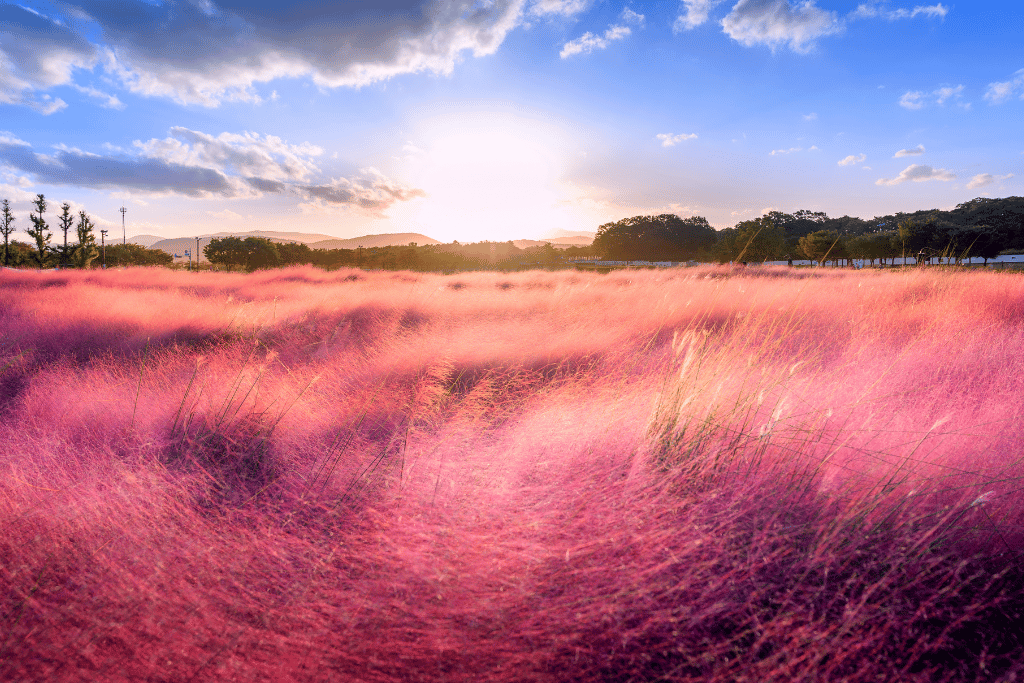
Frequently Asked Questions (FAQ)
Is pink muhly grass invasive?
Pink muhly grass is not invasive. But if desired, it can be easily propagated by seed and through root division.
Does pink muhly grass reseed itself?
Seeds dropped by pink muhly grass don’t readily regrow in subsequent seasons. Collect the seeds from pods at the end of the year if you would like to personally propagate them.
What’s the best time of year to plant pink muhly grass?
The fall is the best season to plant pink muhly grass. Plant muhly grass about one month before the estimated first frost to give it enough time to get established.
Should I cut back my pink muhly grass?
Best practices dictate that pink muhly grass should be cut back every year. During the winter dead grass and flower stalks can be raked out. Or wait until early in the spring when the entire tuft can be cut closely to the crown, leaving only stubs. If too much dead foliage is left in the grass mounds, it can invite pests, inhibit new growth and quickly lead to disease and rot.
How far apart should pink muhly grass be spaced?
Muhly grass should have at least 2-3 feet space in between plantings, as their clumps quickly expand to 2-3 feet in width. The tufts of grass grow tall and wide and will look the best and receive optimal airflow with proper spacing.


